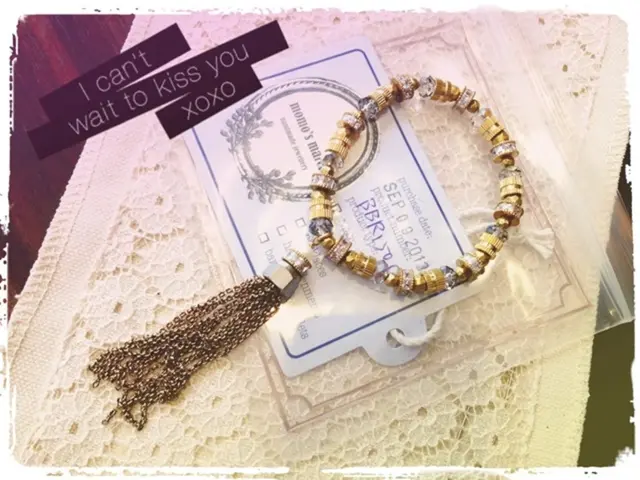Examine whether you're impacted by the ongoing issue
In the wake of a potential data leak, it's crucial to take immediate steps to secure your PayPal account. Here's a comprehensive guide on how to safeguard your account and minimise the risk of financial loss and identity theft.
Firstly, it's essential to verify if your account has been compromised. Check for any official communication from PayPal about the breach, even in your spam folders. If you find none, review your PayPal account activity for unfamiliar transactions, changes to linked accounts, or new devices. You can also use cybersecurity tools like Have I Been Pwned to check if your email or phone number appears in leaked data sets.
If suspicious activity is detected, report it immediately via PayPal’s Resolution Center and also notify your financial institution.
To bolster your account's security, take the following steps:
- Change your PayPal password to a strong, unique one that isn’t used elsewhere. Since leaked data reportedly includes passwords in plain text, reusing passwords is a significant risk.
- Enable Two-Factor Authentication (2FA) on your PayPal account. Preferably use the strongest options such as Universal 2nd Factor (U2F) for enhanced protection.
- Verify and update your registered email address and phone number to ensure you receive important alerts and recovery information.
- Secure your linked email account especially if you used the same password as PayPal, to prevent hackers from accessing password reset functions.
- Be vigilant against phishing attacks by carefully verifying sender addresses before clicking on any links in emails or messages that claim to be from PayPal.
- Use additional tools like Guardio to scan for phishing sites and leaked credentials tied to your email, offering an extra security layer.
- Report any scams or unauthorized transactions to PayPal immediately via their Resolution Center, and inform your bank or credit card provider if financial details are involved.
Remember, proactively checking your account regularly and changing possibly compromised passwords can help prevent issues. The Federal Office for Information Security (BSI) recommends the use of password managers, and the Identity Leak Checker of the Hasso Plattner Institute (HPI) can also be used for this purpose.
In case of necessary, a report should be filed with the local police or the web watch of one's respective federal state. However, it's worth noting that Dirk Knop from the "Heise" service department finds it unlikely that the data was really obtained from PayPal.
As for the future, passkeys for passwordless login may become more prevalent. These automatically generated, resistant-to-theft, and interception passwords can be stored in (mobile) operating systems like Android, iOS/MacOS, or Windows, or on a security USB stick (FIDO2). A password once used should not be reused for multiple services, and a password notebook can serve as an alternative to password managers.
Stay vigilant and secure, and enjoy a safer PayPal experience!
Read also:
- Top 15 Pivotal Risks to Mobile Application's Security
- Revising the title: Redefining "Bring Your Own Device" Policies for a Secure and Flexible Workspace in the Hybrid Work Environment
- "Global VPN Day: Is it a shield for privacy or a gap needing sealing? Exploring the implications"
- Summoning Shamans, Spirits, and Love in the Play 'Head Over Heels'








